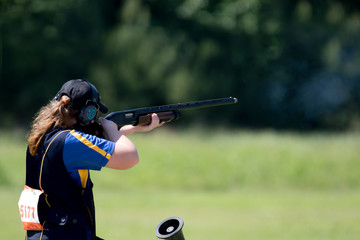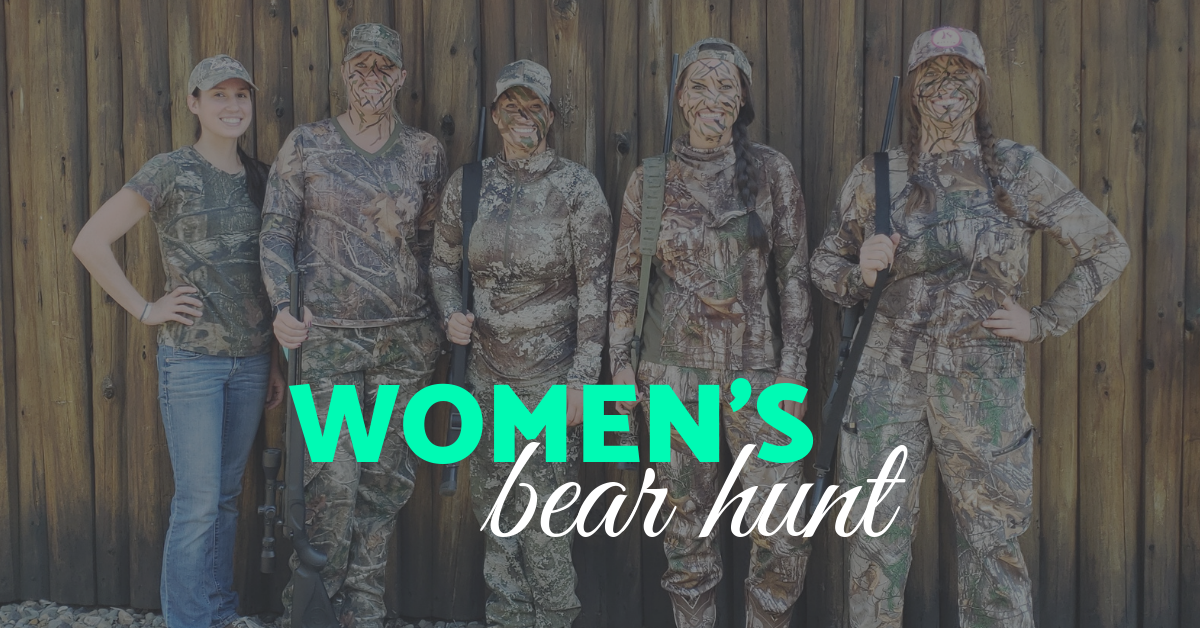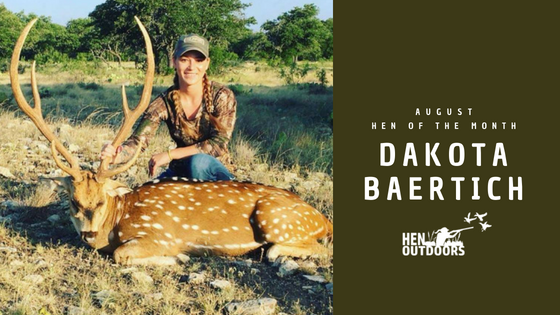by M. Ashley Evans
Clay Shooting
There are very few sports that are more enjoyable and beneficial than shooting clay pigeons, be it in Trap or Skeet. Many of the top marksmen say that shooting is 90% mental. Mathematics, logic and creative thinking are heavily utilized during a match.
Clay shooting also is good for you physically - skeet shooting requires tremendous balance and coordination. It builds strength in the body’s core and arm muscles. Clay shooting is also great exercise for the muscles around the eyes - because you are learning to quickly focus back and forth between objects at different distances.
Dr. Robert DuVall, director of SportsMedicine of Atlanta (SMA), has been quoted in the Hibbing Daily Tribune, saying that the “shooting sports represent the essence of fine motor control in sports … few other sports require the refined motor skill and precision of shooting. Likewise, few other sports necessitate the combined physical and emotional aptitudes that are required for sport shooting success.”
The first time I ever saw a clay pigeon, I was terribly disappointed that it didn’t resemble more of a pigeon than a tiny frisbee. That disappointment faded quickly as I became hooked on this exciting sport! Here are some tips that have helped me a lot.
1. Proper Mount
Knowing how to properly shoulder your shotgun is one of the most vital aspects of being an accurate shot. Shotguns don’t have a rear sight - your dominant eye will function as the rear sight. So if your eye is sitting higher on the gun than it needs to be, you’ll shoot over your target by a long way.
Pull your gun up to your cheek and then into your shoulder. If you raise it to your shoulder first, you will have a much harder time getting your target in your field of vision. Have the butt of the shotgun right in the little dip in your shoulder - and pull it in tight. Lean forward into your gun, don’t lean back.
You want your eyes to be staring straight down the barrel. Don’t stare at the front bead - look through it and focus on your target. Remember, shotguns are pointed, not aimed. Aiming a gun takes a time, and if you take the time to aim it like you would a rifle, then the clay will begin its descent and will fall out of your range.
This mounting technique needs to be very fluid. You are bringing the gun up to your eyes that are locked onto the target. Practice this motion with your shotgun is empty to get it seamless.
2. Breathe!
It may sound silly - but don’t forget to breathe! Erratic breathing can cause you to feel jittery and fumble around with finding the target.
Breathe deep slow breaths from your belly as you mount the gun to keep yourself steady and calm. Pull the trigger at the natural pause between inhaling and exhaling. Just make sure you keep it at a moments pause - and not a hold. A hold will increase your heart rate and will affect your accuracy too.
There is a rhythm to shooting accurately. You get into the rhythm of your breathing, heart rate and the tempo that the flight of the clay pigeon. It is all a steady, fluid, consistent rhythm.
3. Know when NOT to Shoot
It is really easy to get overly excited - or frustrated! - and shoot knowing that it won’t be your best shot. While it is great to be determined to hit all the clays you can, knowing when you do have the shot and when you don’t can make a lot of difference in how well you shoot.
This requires you to be very aware of your body - your stance, focus, mount, grip, etc. If you are not tuned in to your body, you won’t have the awareness to tell you that you couldn’t hit the broad side of a barn.
Take the shot when you are confident that you are giving it your absolute best attempt.
4. Lead the “Bird”
Or anticipating the clay pigeons path is another way of phrasing it. Having a proper lead takes a lot of practice. You have to be far enough ahead so that your lead and the clay pigeon collide along their paths of trajectory. Too far ahead, and your lead will be gone before the bird approaches. Not far enough ahead and your pigeon will sail on over.
Imagine the clay pigeon is the body of an actual bird. Shoot just in front of where you imagine its beak would be. If it is flying over your head, shoot where its feet would be.
The two most common methods for this are the Pull Away Method and the Maintained Lead Method. Pull away is when you have your muzzle pointed at the clay as you are mounting and then pull the muzzle forward ahead enough before shooting. This method is most often taught to beginners. The Maintained Lead Method is when your muzzle is pointing ahead of your clay as you mount and is maintaining that distance as you pull the trigger.
Often times, beginners will lose their target when learning to lead the bird. This happens when they get the muzzle in front, but the width of the gun covers their target. In an instant, your eyes are no longer focused on the target but now automatically focus on the shotgun barrel - and you will miss. To prevent this - lead the bird in front and slightly under.
5. Always Follow Through
To follow through correctly means that as you are pulling the trigger your gun is still moving. Even as the trigger is completely depressed, you are still honed in on that target and are following it with your muzzle. If you stop momentarily as you pull the trigger - you will miss your target.
You will maintain far more control if you maintain a fluid motion. Don’t rush in front of your target, then stop and shoot - the goal is to “brush” the clays out of the sky with the fluid movement of a paintbrush. There is no need to rush.
Post a comment
Thank you
Your post has been submitted and will be published once it has been approved.
OOPS!
Something went wrong and your post has note been submited. Please try again.









Comments (0)
Be the first to comment.